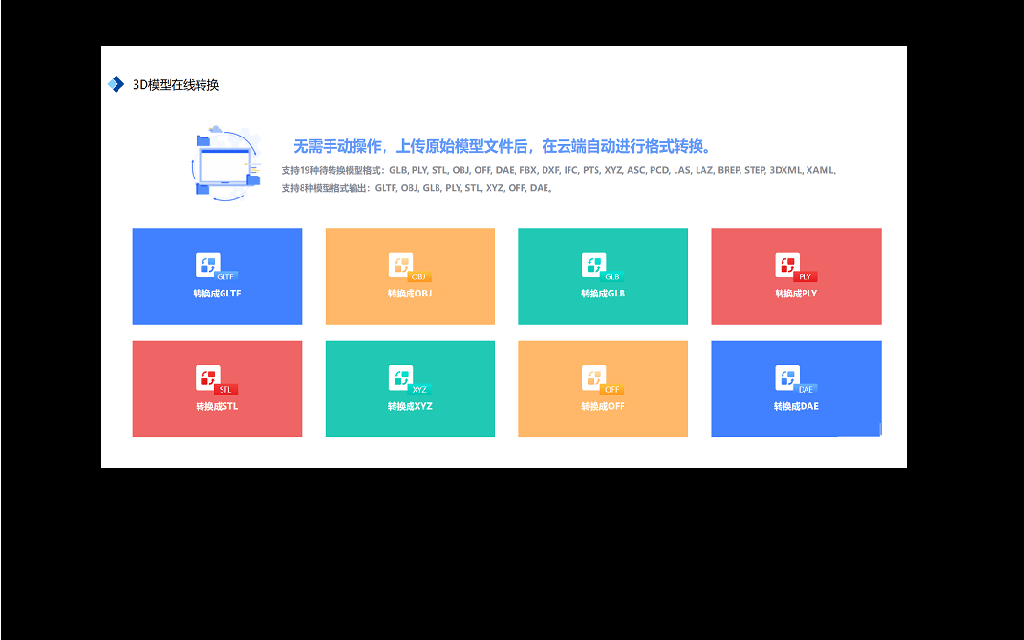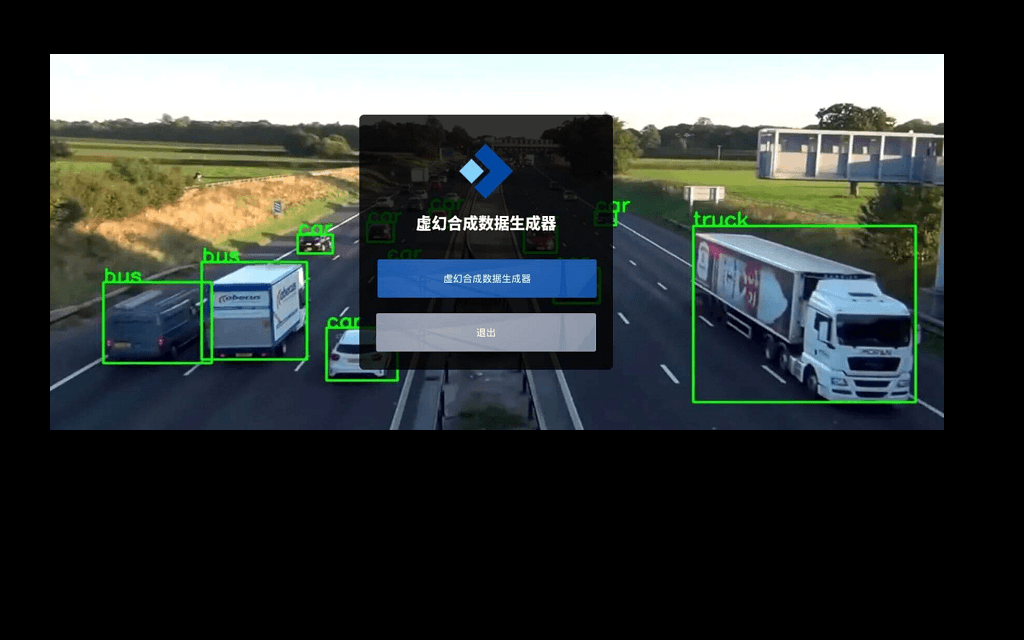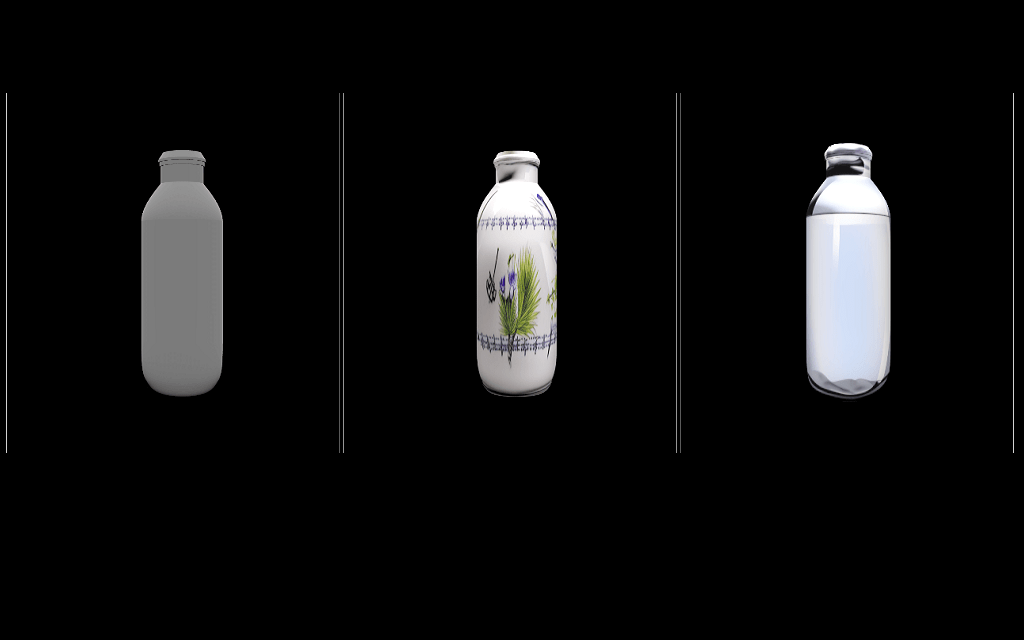<img src="https://huggingface.co/dlicari/Italian-Legal-BERT/resolve/main/ITALIAN_LEGAL_BERT.jpg" width="600"/> <h1> ITALIAN-LEGAL-BERT:A pre-trained Transformer Language Model for Italian Law </h1>
ITALIAN-LEGAL-BERT is based on <a href="https://huggingface.co/dbmdz/bert-base-italian-xxl-cased">bert-base-italian-xxl-cased</a> with additional pre-training of the Italian BERT model on Italian civil law corpora. It achieves better results than the ‘general-purpose’ Italian BERT in different domain-specific tasks.
<b>ITALIAN-LEGAL-BERT variants [NEW!!!]</b> <img src="https://huggingface.co/dlicari/Italian-Legal-BERT-SC/resolve/main/ITALIAN_LEGAL_BERT-SC.jpg" width="600"/>
- <a href="https://huggingface.co/dlicari/Italian-Legal-BERT-SC">FROM SCRATCH</a>, It is the ITALIAN-LEGAL-BERT variant pre-trained from scratch on Italian legal documents (<a href="https://huggingface.co/dlicari/Italian-Legal-BERT-SC">ITA-LEGAL-BERT-SC</a>) based on the CamemBERT architecture
<img src="https://huggingface.co/dlicari/distil-ita-legal-bert/resolve/main/ITALIAN_LEGAL_BERT-DI.jpg" width="600"/>
- <a href="https://huggingface.co/dlicari/distil-ita-legal-bert">DISTILLED</a>, a distilled version of ITALIAN-LEGAL-BERT ( <a href="https://huggingface.co/dlicari/distil-ita-legal-bert">DISTIL-ITA-LEGAL-BERT</a>)
<img src="https://huggingface.co/dlicari/lsg16k-Italian-Legal-BERT/resolve/main/ITALIAN_LEGAL_BERT-LSG.jpg" width="600"/>
For long documents
- LSG ITA LEGAL BERT, Local-Sparse-Global version of ITALIAN-LEGAL-BERT (FURTHER PRETRAINED)
- LSG ITA LEGAL BERT-SC, Local-Sparse-Global version of ITALIAN-LEGAL-BERT-SC (FROM SCRATCH)
Note: We are working on the extended version of the paper with more details and the results of these new models. We will update you soon
<h2>Training procedure</h2> We initialized ITALIAN-LEGAL-BERT with ITALIAN XXL BERT and pretrained for an additional 4 epochs on 3.7 GB of preprocessed text from the National Jurisprudential Archive using the Huggingface PyTorch-Transformers library. We used BERT architecture with a language modeling head on top, AdamW Optimizer, initial learning rate 5e-5 (with linear learning rate decay, ends at 2.525e-9), sequence length 512, batch size 10 (imposed by GPU capacity), 8.4 million training steps, device 1*GPU V100 16GB <p /> <h2> Usage </h2>
ITALIAN-LEGAL-BERT model can be loaded like:
from transformers import AutoModel, AutoTokenizer
model_name = "dlicari/Italian-Legal-BERT"
tokenizer = AutoTokenizer.from_pretrained(model_name)
model = AutoModel.from_pretrained(model_name)
You can use the Transformers library fill-mask pipeline to do inference with ITALIAN-LEGAL-BERT.
from transformers import pipeline
model_name = "dlicari/Italian-Legal-BERT"
fill_mask = pipeline("fill-mask", model_name)
fill_mask("Il [MASK] ha chiesto revocarsi l'obbligo di pagamento")
#[{'sequence': "Il ricorrente ha chiesto revocarsi l'obbligo di pagamento",'score': 0.7264330387115479},
# {'sequence': "Il convenuto ha chiesto revocarsi l'obbligo di pagamento",'score': 0.09641049802303314},
# {'sequence': "Il resistente ha chiesto revocarsi l'obbligo di pagamento",'score': 0.039877112954854965},
# {'sequence': "Il lavoratore ha chiesto revocarsi l'obbligo di pagamento",'score': 0.028993653133511543},
# {'sequence': "Il Ministero ha chiesto revocarsi l'obbligo di pagamento", 'score': 0.025297977030277252}]
In this COLAB: ITALIAN-LEGAL-BERT: Minimal Start for Italian Legal Downstream Tasks how to use it for sentence similarity, sentence classification, and named entity recognition
- https://colab.research.google.com/drive/1ZOWaWnLaagT_PX6MmXMP2m3MAOVXkyRK?usp=sharing
<img src="https://huggingface.co/dlicari/Italian-Legal-BERT/resolve/main/semantic_text_similarity.jpg" width="700"/>
<h2> Citation </h2> If you find our resource or paper is useful, please consider including the following citation in your paper.
@inproceedings{licari_italian-legal-bert_2022,
address = {Bozen-Bolzano, Italy},
series = {{CEUR} {Workshop} {Proceedings}},
title = {{ITALIAN}-{LEGAL}-{BERT}: {A} {Pre}-trained {Transformer} {Language} {Model} for {Italian} {Law}},
volume = {3256},
shorttitle = {{ITALIAN}-{LEGAL}-{BERT}},
url = {https://ceur-ws.org/Vol-3256/#km4law3},
language = {en},
urldate = {2022-11-19},
booktitle = {Companion {Proceedings} of the 23rd {International} {Conference} on {Knowledge} {Engineering} and {Knowledge} {Management}},
publisher = {CEUR},
author = {Licari, Daniele and Comandè, Giovanni},
editor = {Symeonidou, Danai and Yu, Ran and Ceolin, Davide and Poveda-Villalón, María and Audrito, Davide and Caro, Luigi Di and Grasso, Francesca and Nai, Roberto and Sulis, Emilio and Ekaputra, Fajar J. and Kutz, Oliver and Troquard, Nicolas},
month = sep,
year = {2022},
note = {ISSN: 1613-0073},
file = {Full Text PDF:https://ceur-ws.org/Vol-3256/km4law3.pdf},
}


